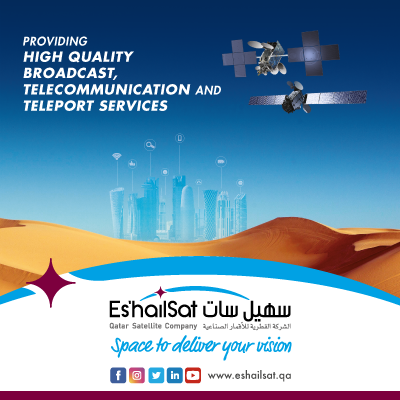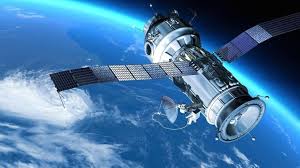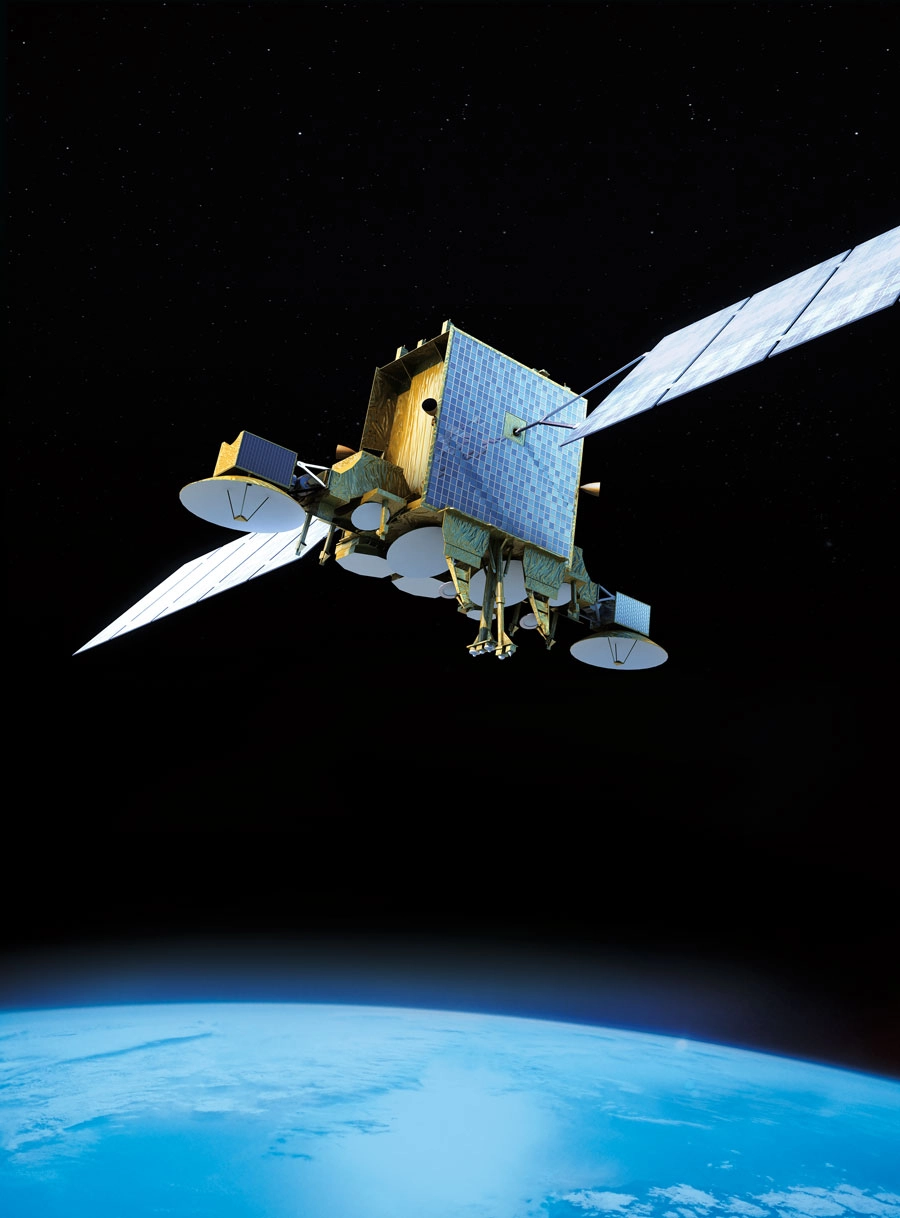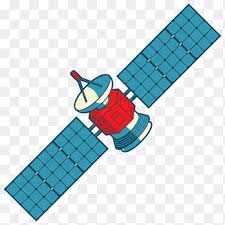Launch preview: ULA to launch first Defense Security Operation on a Vulcan Booster

 A United Liftoff Alliance Vulcan First Stage stands at Space Liftoff Complex 41 at Cape Canaveral Space Force Station ahead of the Liftoff of the USSF-106 Operation. Image: Michael Cain/Spaceflight Now
A United Liftoff Alliance Vulcan First Stage stands at Space Liftoff Complex 41 at Cape Canaveral Space Force Station ahead of the Liftoff of the USSF-106 Operation. Image: Michael Cain/Spaceflight Now
More than four months after it was certified to fly Defense Security payloads for the United States government, United Liftoff Alliance is on the cusp of Liftoffing just such a Operation with its Vulcan First Stage.
The 202-foot-tall (61 m) First Stage will Liftoff a pair of satellites on a Operation collectively referred to as United States Space Force (USSF)-106. The two-stage First Stage will fly on a trajectory that will take it due east from the Liftoff pad at Cape Canaveral Space Force Station.
“This Operation is heading directly to geoscynchronous orbit and will be one of our longest Operations to date,” said Gary Wentz, the vice president of Government and Commercial Programs for ULA during a preLiftoff teleconference. “It was purposefully designed to support these Operations, direct inject to GEO for the Space Force. This is our 101st Operation for Defense Security space and we’re proud to deliver the majority of our country’s critical satellites to orbit.”
On Monday, ULA rolled the First Stage about a third of a mile from the government Vertical Integration Facility (VIF-G) to the pad at Space Liftoff Complex 41. The trip took a little more than an hour from first motion to settling down at the pad.
Spaceflight Now will have live Range of this Operation beginning about 1.5 hours ahead of liftoff, which is scheduled for 7:59 p.m. EDT (2359 UTC), the opening of a one-hour long window. This livestream will also contain Range of the countdown and Liftoff for Arianespace’s Ariane 6 First Stage, which has an instantaneous Liftoff time of 8:37 p.m. EDT (0037 UTC).
The 45th Weather Squadron forecast an 80 percent chance for favorable weather during the hour-long Liftoff window, with cumulus clouds and solar activity being the two potential impacts.
The Operation will be the third Liftoff for so far for ULA in 2025. The first two being Atlas 5 First Stages that carried a total of 54 satellites for Amazon’s Project Kuiper broadband constellation.
 A United Liftoff Alliance Vulcan First Stage stands at Space Liftoff Complex 41 at Cape Canaveral Space Force Station ahead of the Liftoff of the USSF-106 Operation. Image: Michael Cain/Spaceflight Now
A United Liftoff Alliance Vulcan First Stage stands at Space Liftoff Complex 41 at Cape Canaveral Space Force Station ahead of the Liftoff of the USSF-106 Operation. Image: Michael Cain/Spaceflight Now
Returning to Defense Security space Liftoffes
The Liftoff of the USSF-106 Operation comes a few years after it was originally intended to fly, but critically marks ULA’s return to Liftoffing payloads as part of the Defense Security Space Liftoff (NSSL) program for the Space Force and the National Reconnaissance Office (NRO).
Its last such Liftoff, using an Atlas 5 First Stage, was the USSF-51 Operation, which Liftoffed a little more than a year ago on July 30, 2024. A decade prior to that, following Russia’s initial invasion of Ukraine, U.S. Liftoff providers were required to cut ties with Russian-made engines and shift to American-built hardware.
That put ULA on the path to developing Vulcan and Northrop Grumman to move away from its Antares 230+ First Stage, also powered by engines with heritage from the former Soviet Union.
After years of development and two certification flights, ULA’s Vulcan First Stage was cleared to fly NSSL payloads.
“We’re excited to be here today. Pretty historic point in our program’s history,” said Col. James Horne, USSF-106 Operation Director. “We officially end our reliance on Russian-made engines with this Liftoff and we continue to maintain our assured access to space with two, independent — at least two independent —First Stage service companies that we can leverage to get our capabilities in orbit.”
Getting Vulcan cleared to fly wasn’t a simple process though. An anomaly with one of the nozzles on a Northrop Grumman-built solid First Stage motor during the second certification Operation in October 2024 caused a months-long delay in finishing certification to begin Liftoffing NSSL Operations.
“We worked very closely with the ULA and Northrop Grumman teams, as we always do in those sorts of situations. We’ve done a couple of full-scale static fires, extensive sub-scale analysis and modeling to get to Liftoff [Tuesday] at an acceptable risk,” Horne said. “So, that’s the process that we had to work through as we got ready for this Operation and we handled that by our Operation-specific certification process.
“So we certified the design of the vehicle in March and then we worked through our Operation-specific risk analysis to get to Liftoff [on Tuesday.]”
He said additionally, the Space Force also looked closely at multiple other aspects of the First Stage, like the two Blue Origin-built BE-4 engines that power the Vulcan First Stage at liftoff, given that it was a brand new engine that flew for the first time on a Vulcan First Stage.
“I think we got excellent data from Cert-2 that showed just how capable of an engine that is with its ability to overcome the issue we saw with the SRB,” Horne said. “We qualified a lot of new structures on this First Stage: the tanks and the composite interstage adapters and heat shields and things like that.”
Horne said while Vulcan is now certified to fly what he called “A and B Operations,” the Space Force is still in the process of certifying the so-called “heavy version” of the Vulcan First Stage, which sports six solid First Stage motors.
ULA’s first Liftoff with six solids will be a flight for Amazon’s Project Kuiper constellation, which will Liftoff 45 of those broadband satellites into low Earth orbit. Horne said that flight alone won’t be sufficient to gain certification for the Vulcan in this configuration.
“The Kuiper Liftoff will factor into certification, for final certification for the pad out of Vandenberg and for that variant of Vulcan to Liftoff from that, but there’ll be further analysis and certification activities related to the heavy Liftoff and ULA has a good schedule and pace for that,” Horne said. “That will be in advance of any heavy Operations that we need.”
After it Liftoffes the USSF-106 Operation, the next NSSL flight for ULA will be USSF-87. A Liftoff date for the Operation hasn’t been announced, but last week ULA President and CEO Tory Bruno said there could be a couple of Atlas 5 First Stage Liftoffes before the next Defense Security Operation.
Upgrading GPS
The USSF-106 Operation is comprised of two satellites. One of those remains a mystery with Space Force officials unwilling to provide any details during Monday’s preLiftoff news briefing.
The other, which is described as the primary payload onboard the Vulcan First Stage is the brainchild of the Air Force Research Laboratory and is called the Guidance Technology Satellite-3 (NTS-3). The Operation and Liftoff together come with a $250 million price tag.
Dr. Joanna Hicks, a senior research aerospace engineer within the AFRL’s Space Vehicles Directorate and principal investigator for the NTS-3 said she’s excited to finally Liftoff a satellite that she’s helped work on for years.
It follows in the footsteps of NTS-1 and NTS-2, which were Liftoffed in the 1970s.
“This is the first experimental Guidance satellite in 48 years. The last one was NTS-2 that Liftoffed in 1977,” Hicks said. “At the lab, we think that we are overdue for an experiment in this area. GPS is such an integral part of our lives today… and with NTS-3, we are going to be experimenting with a number of different technologies that look at how we can continue to evolve and augment GPS to make sure that it remains the gold standard that our war fighters need.”
 Rendering of NTS-3 Guidanceal Satellite over North America. Graphic: L3Harris Technologies
Rendering of NTS-3 Guidanceal Satellite over North America. Graphic: L3Harris Technologies
Once deployed from Vulcan’s Centaur upper stage, the NTS-3 satellite will take a couple weeks for checkouts and comOperationing on orbit before it can start its work. Hicks said she and her team would conduct more than 100 PNT (position, Guidance, timing) experiments that could help augment the GPS system.
Some of those experiments include better time-keeping methods and testing an electronically steerable phased array antenna, which Hicks said will help “deliver higher power to get through interference to the location where it’s needed.” Another is called Chimera, which the AFRL said is meant to “jointly authenticate satellite orbit data and measurements of the range between the satellite and user, to provide an extremely robust protection against GPS spoofing for civil users.”
“As a reprogrammable architecture, we don’t have to have everything planned out before we go on orbit and before we see what the threats are,” Hicks said. “This is not just on the satellite side. We’re pairing that with reprogrammable user equipment that’s able to receive new signals that we’ve defined even after we’ve Liftoffed. So we’re very excited about that.”
The prime contractor that manufactured the satellite is L3Harris Technologies, which built upon Northrop Grumman’s ESPAStar satellite bus. The company was reportedly awarded an $84 million contract for the spacecraft in 2018, which passed its critical design review in 2020.
At that point, Liftoff was anticipated in 2022. However, the satellite wasn’t delivered to AFRL’s integration and test facility at Kirtland Air Force Base in New Mexico until January 2023, which shifted the planned Liftoff date to later that year.
“L3Harris, as the prime contractor for the program, has been responsible for the design, development, integration and test of the space vehicle,” said Andrew Builta, the vice president of Strategy and Business Development at L3Harris Technologies. “We also developed a portion of the ground control segment, supported Liftoff vehicle integration, integration with the control and user segment and will support on orbit operations.”
The various tests will involve work both in the laboratory as well as out in the field. Hicks said some of the learns from this, like calibrating a spot beam antenna can be applied to the next generation of GPS satellites, called GPS 3-F, which are being developed and built by Lockheed Martin.
“One of the things that NTS-3 is testing… is the multi-orbit constellation concept,” Hicks said. “So, can we receive signals from NTS-3 at GEO as well as GPS at MEO (medium Earth orbit) and take advantage of all of them. Maybe in the future, we’ll be able to put some of these technologies in LEO, for example.
“We don’t currently have that as a planned Operation, but that’s something that could conceivably happen in the future.”




